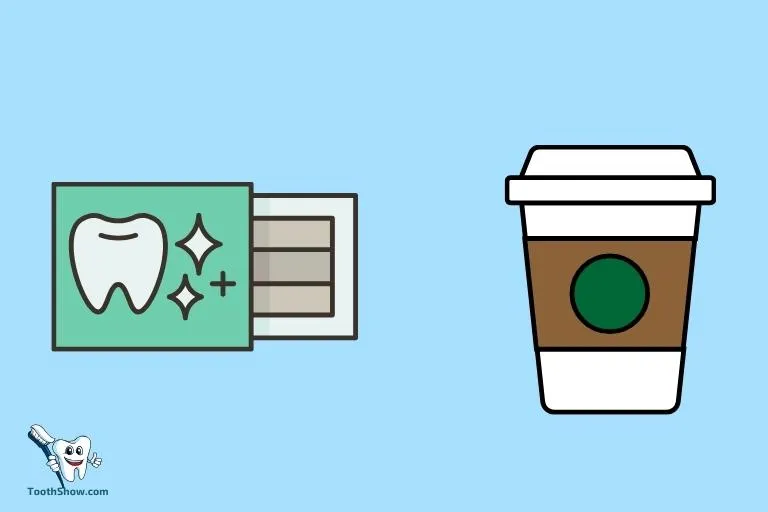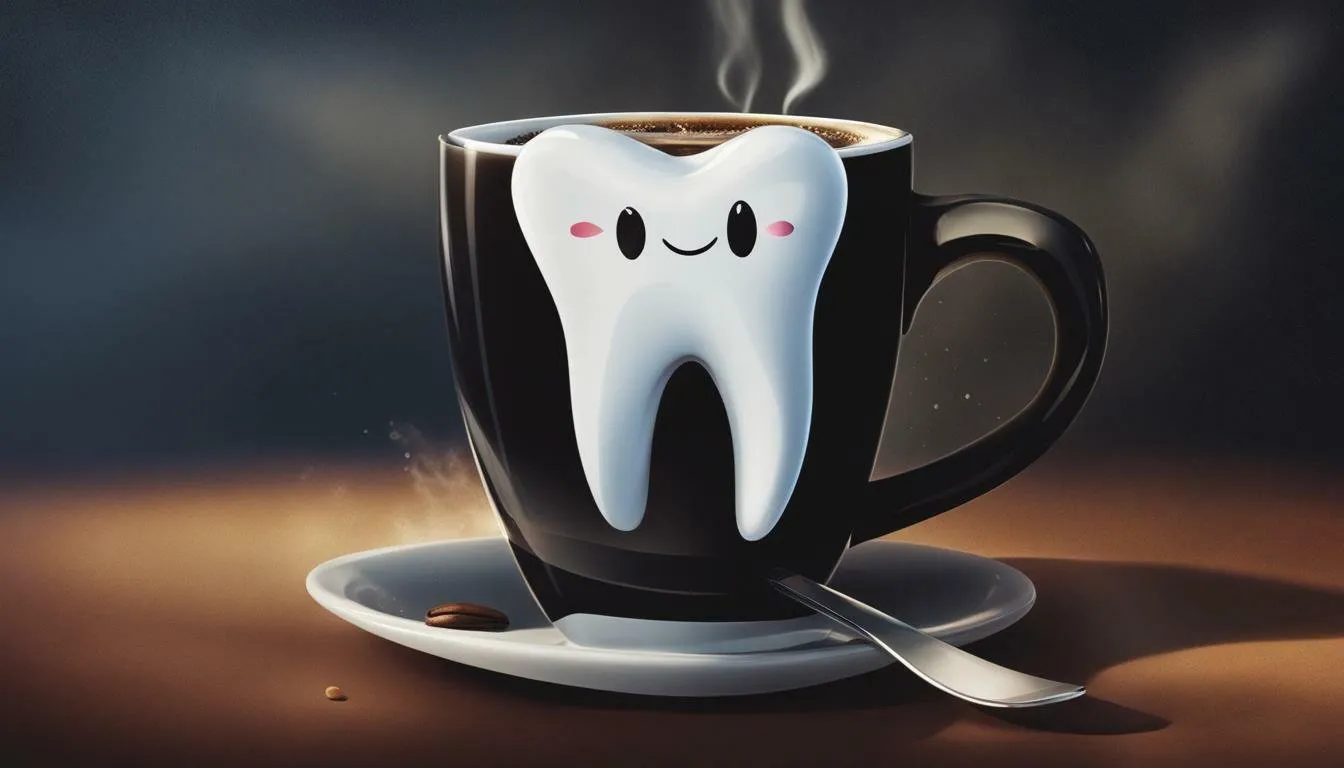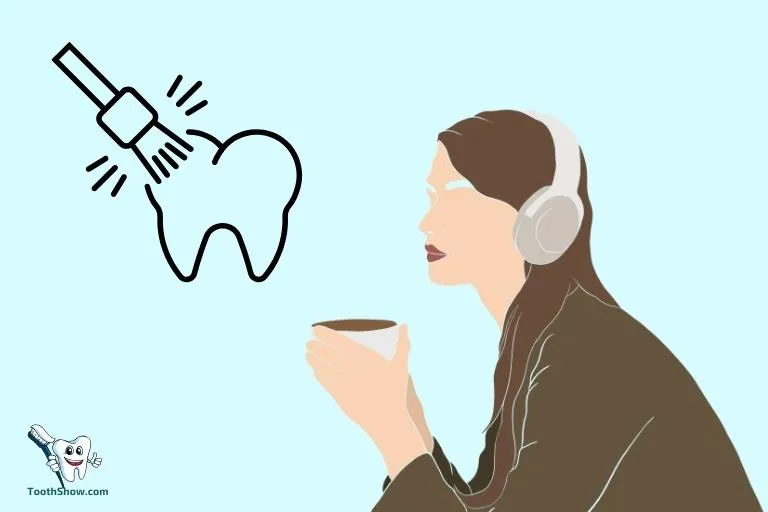Understanding Teeth Whitening Process
Teeth whitening has become a prevalent cosmetic procedure, sought after by individuals looking to enhance their smiles. The fundamental principle behind teeth whitening involves the use of bleaching agents, typically containing hydrogen peroxide or carbamide peroxide, to break down the stain molecules accumulated within the enamel and dentin of the teeth. These agents penetrate the porous structure of the tooth, oxidizing the discolored compounds and effectively lightening the overall shade. The effectiveness of the whitening process is influenced by several factors, including the concentration of the bleaching agent, the duration of its application, and the individual’s natural tooth structure and the type of stains present. Understanding this process is crucial for making informed decisions about how to maintain the results and navigate the effects of lifestyle choices such as coffee consumption.
How Teeth Whitening Works
The whitening process hinges on the chemical reaction between the bleaching agent and the stains embedded within the tooth’s structure. When the bleaching agent, such as hydrogen peroxide, comes into contact with the stained areas, it releases oxygen molecules. These oxygen molecules then break down the bonds of the stain molecules, effectively decolorizing them. This process does not remove the tooth’s enamel; instead, it alters the stain molecules, making them less visible and resulting in a lighter, brighter appearance. The efficacy depends on the concentration of the bleaching agent and the duration of its contact with the teeth. For instance, professional treatments often utilize higher concentrations for quicker results, while over-the-counter products offer lower concentrations for safer, albeit slower, whitening. This process is most effective when combined with proper oral hygiene practices, including regular brushing and flossing, to remove surface stains and maintain overall dental health.
Types of Teeth Whitening

There are several methods available for teeth whitening, each offering varying levels of convenience, cost, and effectiveness. Professional whitening, performed by a dentist, typically involves the use of a high-concentration bleaching agent, often activated by a special light or laser, to accelerate the whitening process. This method offers the most significant results in a shorter time frame but is also the most expensive. At-home whitening kits, including custom-fitted trays provided by a dentist or over-the-counter options, offer a more affordable alternative. These kits contain lower concentrations of bleaching agents and require consistent use over several weeks to achieve noticeable results. Whitening toothpastes and strips are another popular choice, designed to remove surface stains and provide a subtle brightening effect. However, they are generally less effective for deep-seated discoloration. The choice depends on individual needs, budget, and the degree of desired whitening, with professional guidance often recommended to determine the most suitable approach.
The Role of Coffee and Staining
Coffee is notorious for its staining properties, posing a significant challenge to maintaining a bright, white smile. The dark pigments in coffee, known as chromogens, readily adhere to the enamel of the teeth, causing discoloration over time. Additionally, coffee’s acidic nature can erode the enamel, making the teeth more susceptible to staining. The porous structure of the enamel allows these pigments to penetrate and become embedded, leading to a yellowish or brownish tint. The frequency and manner of coffee consumption greatly influence the extent of staining. Regular coffee drinkers are at a higher risk, while those who sip coffee slowly or frequently throughout the day may experience more pronounced staining compared to those who consume coffee in larger quantities less often. Understanding these dynamics is crucial for coffee lovers seeking to preserve their teeth’s brightness.
Why Coffee Stains Teeth
Coffee stains teeth primarily due to the presence of chromogens, which are color-producing compounds. These chromogens have a high affinity for the porous surface of tooth enamel, allowing them to easily bind and accumulate. The longer coffee remains in contact with the teeth, the greater the opportunity for these pigments to penetrate and stain. Furthermore, coffee’s acidity plays a contributing role by weakening the enamel, making it more vulnerable to staining. The weakened enamel allows chromogens to seep deeper into the tooth’s structure. The combination of chromogens and acidity creates an ideal environment for staining, leading to the gradual discoloration of teeth. This process is accelerated with frequent coffee consumption, highlighting the need for preventive measures, such as using a straw, to minimize staining and maintain the desired whiteness, especially during or after teeth whitening treatments.
The Impact of Coffee on Whitening

Coffee consumption can significantly undermine the results of teeth whitening treatments. The staining agents in coffee can quickly counteract the effects of whitening, causing the teeth to revert to their original color or even become more stained. After undergoing a whitening procedure, the enamel is temporarily more porous, making it more susceptible to staining. Therefore, drinking coffee immediately after whitening can lead to rapid discoloration. The degree of impact varies depending on individual habits, the concentration of the whitening agent used, and the duration of the treatment. To maximize the benefits of teeth whitening, it is crucial to limit coffee consumption and implement strategies to mitigate staining, such as using a straw or rinsing the mouth with water immediately after drinking coffee. This approach helps prolong the whitening effect and maintain a brighter smile.
Straws and Coffee How They Help
Using a straw while drinking coffee is a simple yet effective strategy to minimize staining and protect the results of teeth whitening. By directing the coffee away from the teeth, a straw reduces the direct contact of staining agents with the enamel. This preventive measure helps prevent the chromogens from adhering to the tooth surface and minimizes the risk of discoloration. The straw allows the coffee to bypass the front teeth, the most visible portion of your smile, significantly reducing the potential for staining in this area. This method is especially beneficial during and after teeth whitening treatments when the enamel is more porous and vulnerable to staining. Incorporating a straw into your coffee routine can be a practical and accessible way to preserve your bright, white smile without completely sacrificing your favorite beverage.
How Straws Minimize Staining
Straws work by creating a physical barrier between the coffee and the teeth. By directing the flow of the beverage to the back of the mouth, they prevent the coffee from coming into direct contact with the front teeth, where staining is most noticeable. This targeted approach is particularly effective because it avoids the areas where the enamel is most exposed and vulnerable. The use of a straw also helps to reduce the amount of time that coffee spends in contact with the teeth, thereby minimizing the opportunity for chromogens to bind to the enamel. This simple technique can significantly reduce the overall staining effect, especially when combined with other preventive measures like rinsing your mouth with water after drinking coffee. Therefore, straws are a convenient and practical tool in the arsenal of strategies to maintain a bright smile.
Best Practices for Using a Straw

To maximize the effectiveness of using a straw for preventing coffee stains, it’s important to adopt specific best practices. First and foremost, ensure that the straw is positioned correctly, aiming the flow of coffee towards the back of your mouth, away from your front teeth. Take slow, deliberate sips to minimize the contact time between the coffee and your teeth. Using a straw consistently with every cup of coffee is also crucial for long-term protection. Consider the type of straw material; reusable straws made of stainless steel or silicone are excellent options, while disposable straws offer convenience. Regular cleaning of reusable straws is necessary to prevent the build-up of bacteria and maintain hygiene. Combining the use of a straw with other strategies, such as rinsing your mouth with water after drinking coffee, further enhances the protection against staining. By following these best practices, you can enjoy your coffee while minimizing its impact on your teeth’s whiteness.
Additional Tips for Coffee Drinkers
For coffee drinkers who are concerned about teeth staining, several additional tips can help maintain a bright smile. Rinsing your mouth with water immediately after finishing your coffee can help remove any lingering coffee residue and chromogens from the teeth. Brushing your teeth approximately 30 minutes after drinking coffee is also beneficial, but it’s crucial to wait to avoid damaging the enamel which can be softened by the coffee’s acidity. Consider adding milk or cream to your coffee, as they can reduce its staining potential by diluting the concentration of chromogens. Regular dental check-ups and professional cleanings are essential to remove stains and maintain overall oral health. Furthermore, incorporating teeth-whitening products, such as whitening toothpaste or mouthwash, can assist in removing surface stains and maintaining a brighter smile. Combining these strategies with the use of a straw offers a comprehensive approach to enjoying coffee while minimizing its impact on your teeth’s appearance.
Alternative Drinks During Whitening
During teeth whitening treatments, it’s advisable to consider alternative beverages that are less likely to stain your teeth. Clear or lightly colored drinks, such as water, milk, or clear sodas, are excellent choices. Green or herbal teas, which typically have lower staining potential than black coffee or tea, can be consumed in moderation. Avoiding dark-colored beverages like red wine, cola, and dark fruit juices is crucial during the whitening process. If you crave a caffeinated beverage, consider a lighter-colored coffee drink, such as a latte or cappuccino, which is less concentrated and less likely to cause staining. Staying hydrated with water is also beneficial, as it helps maintain oral health and washes away any potential staining agents. Making conscious choices about your beverage consumption during teeth whitening is a proactive step towards achieving and maintaining a brighter smile.
Maintaining Results After Whitening

Maintaining the results of teeth whitening requires a proactive approach to oral hygiene and lifestyle habits. Regular brushing and flossing are essential to remove plaque and prevent staining. Using a whitening toothpaste or mouthwash can help maintain brightness and remove surface stains. Limiting the consumption of staining foods and beverages, such as coffee, tea, red wine, and dark berries, is crucial. If you consume these items, rinsing your mouth with water or brushing your teeth afterward can help minimize staining. Periodic touch-up whitening treatments, as recommended by your dentist, can also help to maintain the desired level of brightness. Regular dental check-ups and professional cleanings are necessary to remove any accumulated stains and ensure optimal oral health. By adhering to these practices, you can prolong the effects of your teeth whitening treatment and enjoy a long-lasting, radiant smile.
Conclusion
In conclusion, enjoying your favorite coffee while maintaining a bright smile is achievable with the right strategies. Understanding the teeth whitening process, the impact of coffee on staining, and the benefits of using a straw are essential steps. By employing techniques such as using a straw, rinsing your mouth, and choosing alternative beverages, you can minimize staining and protect the results of your teeth whitening treatments. Combining these habits with a consistent oral hygiene routine and regular dental check-ups ensures you can confidently sip your coffee while preserving a radiant, healthy smile. Remember that consistency and proactive care are the keys to long-term success in maintaining a bright, white smile and enjoying your favorite beverages without worry.
